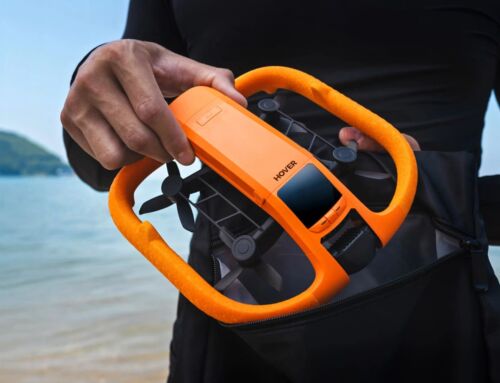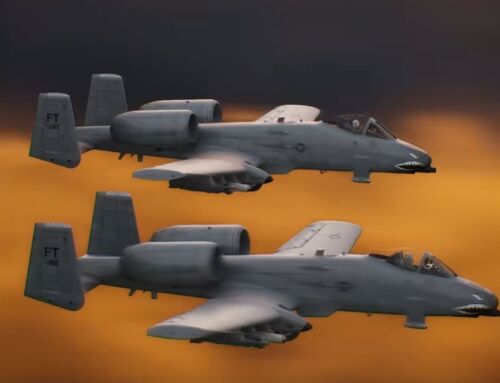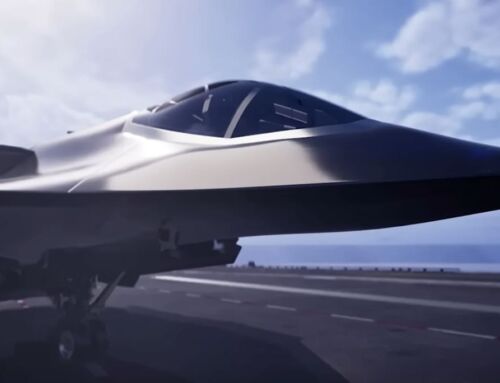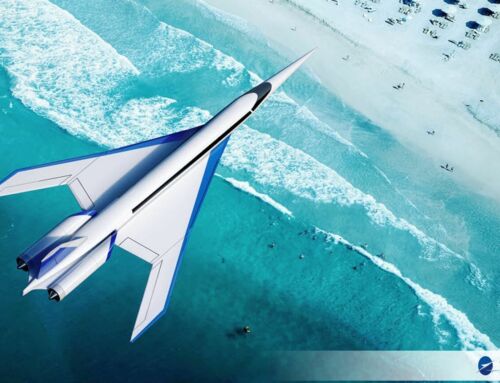Scientists are developing technologies to enable pilots to control the fighter jet of the future with the blink of an eye.
BAE Systems’ specialist team of Human Factors engineers collaborate with pilots to better understand and anticipate their needs in this challenging environment. These insights shape the intuitive technologies that the team is developing for the cockpit of the future. One area the team is focusing on is technologies that enable pilots to control the cockpit in new ways.
Military domains become more contested, technologies become more complex, and sources of data multiply it is crucial that pilots are able to quickly access, assess and act on critical information.
In cockpit design terms, simply understanding where a pilot is looking during a particular phase of a mission is hugely beneficial. For example, enhancing the effectiveness of warning signals so that the pilot is given the right cues and subsequently making it easier for them to react.
Lead Technologist Jean Page explains:
“In terms of future concepts, we are looking at what we are calling a ‘wearable cockpit’. Here, you remove many of the physical elements of the cockpit, and replace it with a virtual display, projected through the helmet. Essentially, it’s a software-only cockpit that’s upgradeable, adaptable and reconfigurable.
In such a world, we need to think about what controls are critical to the pilot and then make them easier to manage. Eye-tracking gives you the option of looking at something to highlight it and then making a gesture to ‘press’ a button, rather than having a series of physical buttons on the aircraft.”
source BAE Systems





Leave A Comment